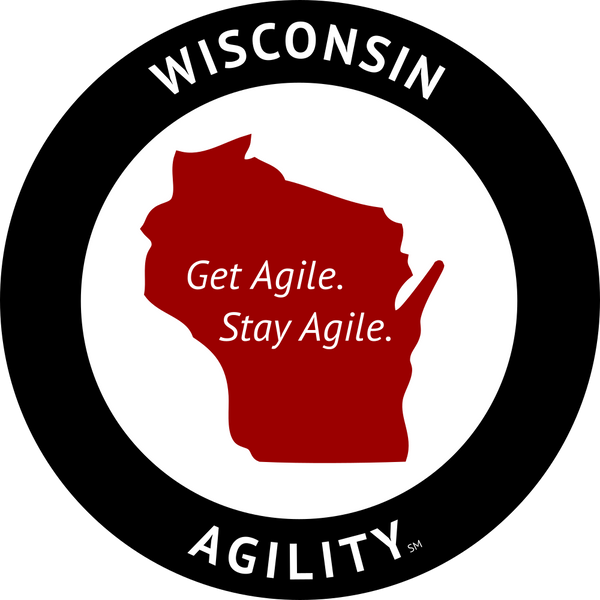Right-Sizing Your Product Backlog for Maximum Value
Chad Beier and Jeff BubolzShare
One of the most common challenges agile teams face is ensuring their product backlog items (PBIs) are refined to deliver maximum value, not just outputs. This requires right-sizing the PBIs, which can be tricky if you're not careful.

The Pitfall of Task-Like PBIs
One frequent mistake teams make is using tasks as product backlog items. You might see things like "Create this," "Update that," or "Test this feature" in your backlog. While these tasks are important steps in product development, they aren’t actually product backlog items. PBIs should focus on value, not just outputs. What is the "why" behind those tasks? That’s what should define your PBIs.
By moving from task-oriented PBIs to value-driven PBIs, teams can start focusing on outcomes instead of simply completing tasks. This shift can make a significant difference in aligning your team's work with the product's overarching goals.
Finding the Sweet Spot in Refinement
Refinement is key to managing your backlog, but it's important not to refine too much. There's a stopping point—a sweet spot where the PBIs are just right. When you over-refine, you risk slicing the value too thin.
One telltale sign you’ve gone too far? If you need more than one PBI to release value to your customer or user. At this point, you might need to "recompose" instead of "decomponse" your product backlog items, ensuring each one delivers value on its own.
Slicing and Teamwork
Many teams feel the need to slice PBIs down to an activity level because they think the work can’t be completed within a Sprint. This often happens when team members work as individuals rather than as a cohesive unit. Instead of each person working on their own tasks, try working together on a single item, much like a basketball team working towards a shared goal.
If your team operates more like a golf team—where everyone does their own thing and adds up their scores later—you’ll struggle with complex work. The key is to deliver value inside of a Sprint by collaborating on PBIs as a team. Remember, a Sprint is not a timebox for "features", but a timebox for risk mitigation and learning.
